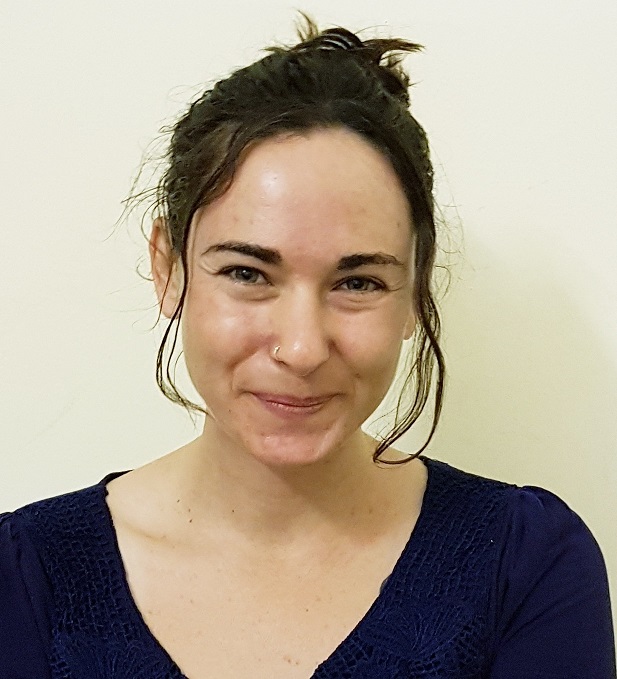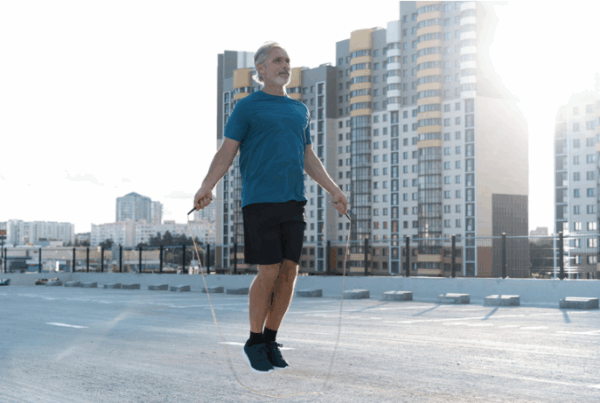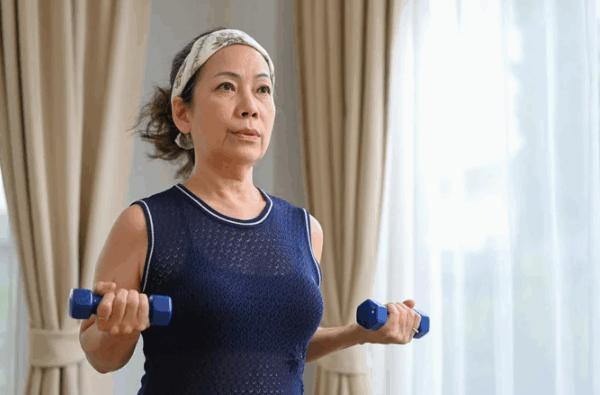The Biopyschosocial Model in Rehab
“It is far more important to know what person has the disease”
than what disease the person has.– Hippocrates, 460BC-375BC
The History
The concept of a biopsychosocial approach has been around for thousands of years. But it regained popularity from the 1960s after it was somewhat lost to the “Biomedical Approach.”
The biomedical approach is criticised for focusing purely on the biological and mechanical aspects of disease, without considering the human as a whole being.
The Biopsychosocial model places the human back into the disease by acknowledging the relationship of the pyshcho-social environment and the biological one! In other words, it considers the complex relationship between the body and the mind. The body can be altered by the mind and the mind, of course, is influenced by the internal and external environment, past and present.
What does it mean?
So what does all that mean? Let’s break it down…
Bio – Red Flags
The “Bio” aspect includes: the physical diagnosis, age, sex, weight and other bio-markers such as inflammation and blood sugar levels.
Psycho – Yellow Flags
The “Psycho” aspect considers the psychological and emotional states of the individual. This includes low mood states and amotivation, coping skills, employment status, addictions and other lifestyle habits.
It also includes factors that may directly relate to the condition such as fear-avoidance behaviours, catastrophising, uncertainty, as well as underlying beliefs regarding diagnosis, cause and recovery.
As mentioned, humans are whole beings, usually with lives outside of their condition. The “psycho” factors of the individual also considers the individual’s beliefs and attitudes regarding their workplace, as well as personal relationships.
Social – Blue or Black Flags
The social environment of an individual can be quite complex, there are various aspects to consider.
Yes, Social, refers to the literal social network of the person including the quality of their social support (friends and family). The pros and cons need to be viewed. For example, is their partner enabling or empowering their behaviours. Their past, current and future roles within each social-group also need to be evaluated.
Outside of the literal ‘social’ circle however, the model also includes elements of Society and Culture.
From a Society perspective, it is important to consider the disadvantages they may have due to the accommodation of current abilities. This could be the provision of suitable duties at work, the local community’s view and treatment of the individual as well as physical accessibility (such as wheel chair ramps).
Culture again prompts the review of their cultural background and consequence beliefs, as well as the view their community might impose on them.
Top Mistakes to Avoid
#1 Aim to Empower (Don’t blame!)
Whatever role we play in their recovery, it is important to be mindful of the words we use and how we are providing education. Understanding the BPS model involves realising that we need to communicate to the client that they are safe and supported. They must understand we do not view them as failures or at fault.
Each individual is shaped by their experiences. This shape includes their current psychological shape, which is not always easy to mould independently.
#2 Be Aware of “Bio” (It’s often forgotten!)
It is very common for us on the other side to be so excited to share the psycho-social factors that the bio factors are dismissed. These factors represent controllable aspects that we can help the client to master. Unfortunately, by placing too much emphasis on the psycho-social factors, the “bio” aspects are left in the background, which plays into tip number 1 above.
#3 Consider both sides of BPS
The BPS model helps us provide rehabilitation goals and strategies, but it is important to be aware of how their condition affects them from a BPS approach. For example, how the condition is affecting their mood or relationships, not just how their mood or relationships are affecting their condition!
Keep your mind open!

Biara Webster
Exercise Physiologist and Writer/Content Manager
References on Request 🙂
Follow Us



